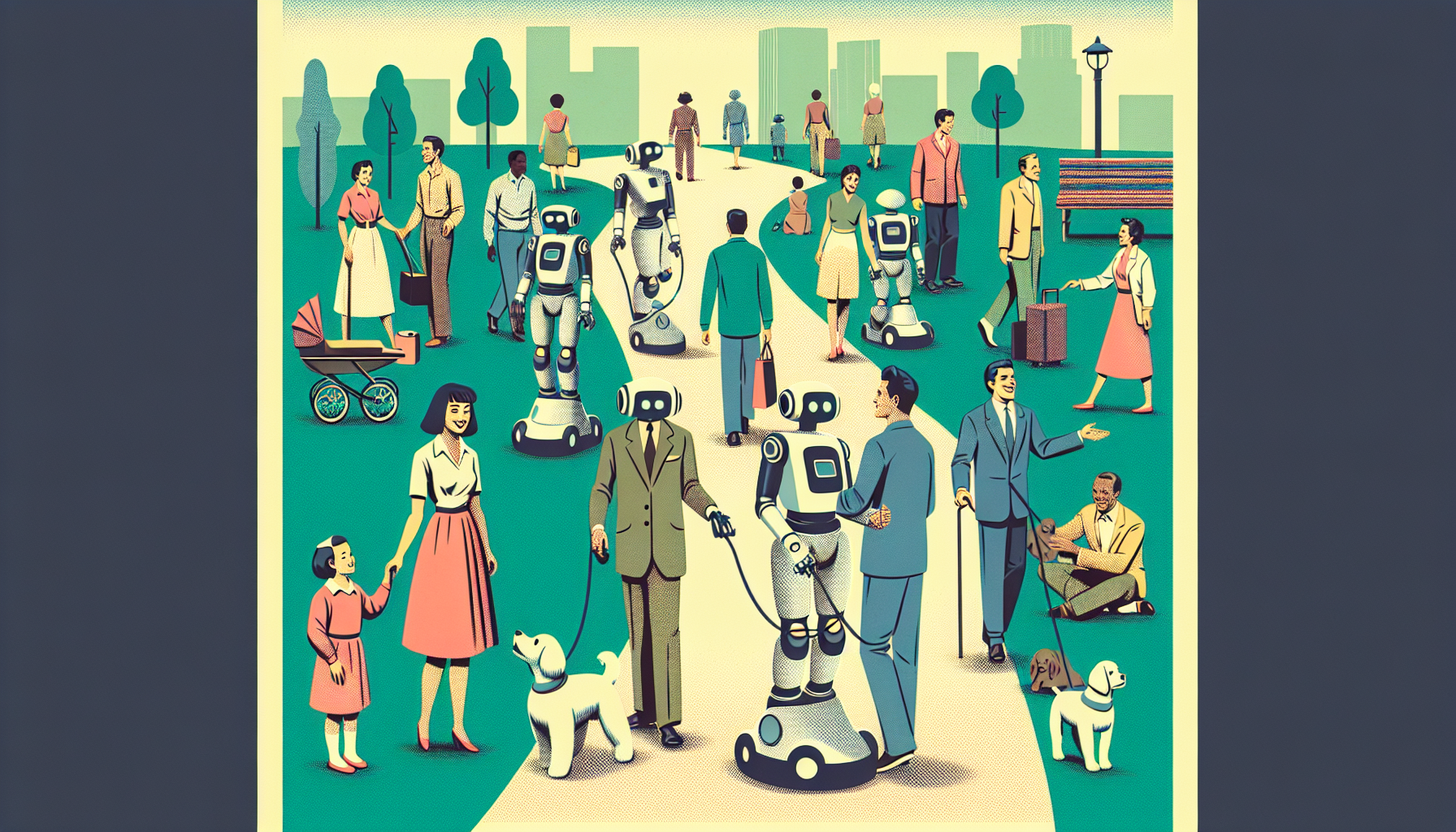In recent years, humanoid robots have quietly begun to reshape our public spaces. With the power of artificial intelligence and machine learning, these lifelike machines are emerging not only as technological marvels but also as partners in our daily activities. Their growing presence marks a meaningful step forward in the way humans and machines work together.
Key Trends Shaping Humanoid Robots
- Personalized Connections: Today’s humanoid robots are designed to recognize faces, interpret speech, and respond with expressions that mimic human emotions. Their real-time reactions allow for interactions that feel personal and sincere, making them especially important where human-like engagement makes a difference.
- Entertainment Integration: Humanoid robots are captivating visitors in theme parks and entertainment venues. They guide, perform, and interact with guests in ways that transform the visitor experience. This trend is helping to drive a global surge in demand for such robots.
- Rapid Technical Progress: Advances in robotics, from smarter AI to better sensors, allow these machines to understand and adapt to their surroundings. The result is improved communication, smoother navigation, and more meaningful connections with people in public settings.
Practical Applications in Public Life
Retail and Customer Assistance
- Information Helpers: Many stores now use humanoid robots to welcome customers, answer questions, and help people find what they need. These machines provide quick, accurate information and adapt their replies based on who they are helping.
- Personal Service Providers: Acting as customer service agents, robots personalize each interaction. They can remember preferences, address concerns, and offer assistance smoothly, helping both customers and staff have better experiences.
Theme Parks and Entertainment
- Guides and Performers: In theme parks, humanoid robots act as guides, performers, and storytellers. They make visits more interactive by engaging directly with guests and leading educational activities.
- Learning Supports: Some robots take on educational roles, offering interactive lessons within parks. These experiences blend fun and learning, encouraging curiosity and discovery.
Public Guides and General Assistants
- In airports, museums, and city centers, humanoid robots help visitors navigate, share details about local attractions, and offer support with tasks like carrying items.
- By managing routine or physically demanding tasks, these robots reduce the strain on human workers and improve efficiency in busy public spaces.
Noteworthy Innovations
- Tesla Optimus: Engineered to handle repetitive or hazardous work, Optimus highlights the growing role of robots in areas once considered too tough or dangerous for people.
- Neo Gamma: Although it is not independent yet, Neo Gamma is undergoing in-home trials to gather information. This research will shape smarter models in the future.
- HMND01: Designed for adaptability, HMND01 helps businesses address labor shortages and introduces more automation into industries that often struggle to keep up with demand.
The Road Ahead
As technology improves and societies become more comfortable with robots, humanoid machines are set to become everyday companions in our public spaces. Their ability to interact personally and respond in real time is unmatched, making them well suited for roles in entertainment, retail, and service industries.
One notable example of progress is the Rainbow Robotics RB-Y1, which acts as a flexible research platform for developers. With its open design and customizable features, it is helping to push the boundaries of what humanoid robots can achieve, encouraging new ideas and practical solutions for public life.
The journey of humanoid robots is just beginning. Each step forward brings us closer to a future where human and machine stand side by side, working together to make our shared spaces more welcoming, efficient, and engaging for everyone.

Leave a Reply